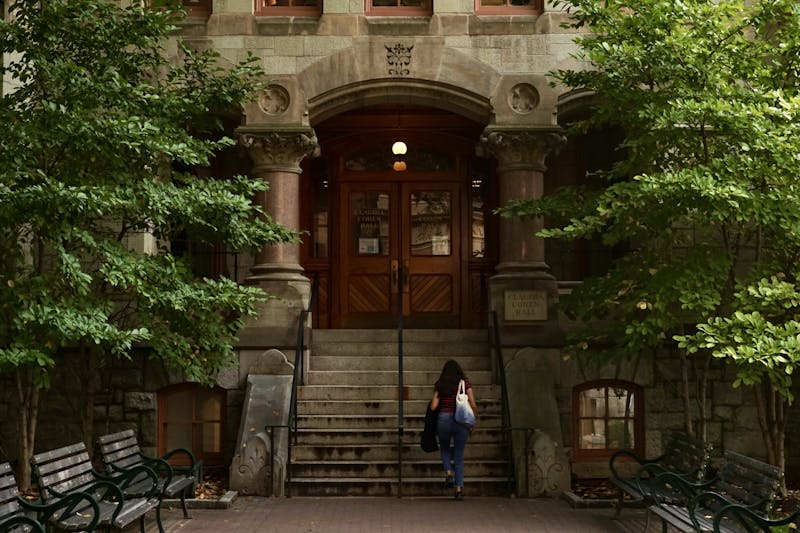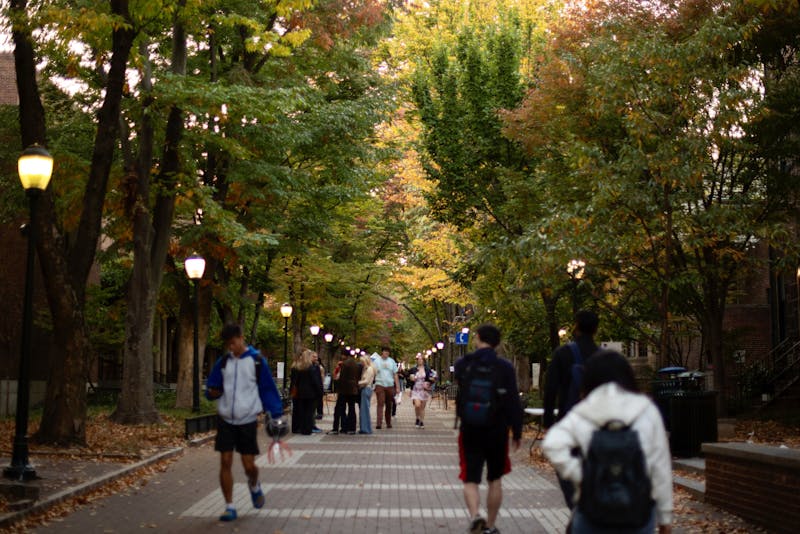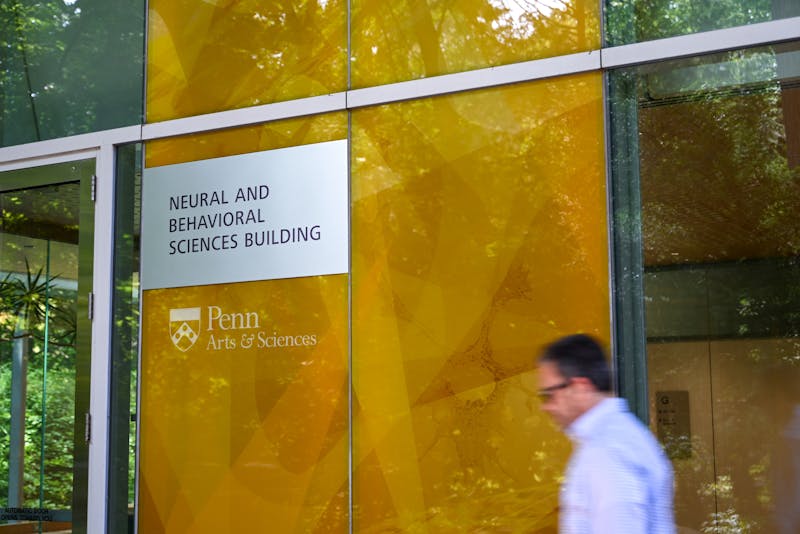While millions of dollars are spent each year on campus construction projects, those dollars rarely appear to be distributed evenly. In 2002, Penn completed a $140 million allocation on Huntsman Hall but has yet to plan renovations for the dilapidated low rise dormitories.
All told, however, Facilities and Real Estate Services spends millions of dollars each year attempting to maintain and improve the buildings on campus. While much of the department's resources come from alumni donations, non-sponsored projects must all be funded out of a limited office budget.
For those maintenance projects that do not receive funds through donation, Facilities has an annual budget of $15 million. This sum has been steadily increasing by 5 percent every year since 1998, and it is used to satisfy four classes of priorities set by the Facilities office.
The first class concerns life safety issues on campus, particularly in old buildings.
"Many of these grandfather buildings were done where the codes were not there, so we try to continue to catch up," Facilities Vice President Omar Blaik said.
The second class relates to the maintenance of the envelope structures -- the outside of brick-and-mortar structures.
All infrastructure -- both outside and inside of buildings -- falls under the third category, while the fourth category is public spaces.
"That is really the last thing, and we just do not have enough resources to find ourselves dealing with the fourth category," Blaik said.
On the other hand, alumni-sponsored projects are more likely to move forward.
The effects of past students' generosity are plainly visible in newly revamped buildings and facilities projects bearing their names, but the steps behind the fundraising efforts are far from simple.
The process begins when potential donors are contacted by the Office of Development and Alumni Relations.
"We begin the conversation by knowing what we need and looking for a donor whose interests are in the area," University President Judith Rodin said.
Most major gift donors are found among alumni or other individuals [such as] parents and friends who have made previous, smaller gifts to Penn," Development and Alumni Relations Assistant Vice President for Individual Gifts Tom Farrell wrote in an e-mail.
The fundraising effort is spearheaded by the University's central administration, often in the persons of Rodin and University Provost Robert Barchi, especially with the schools who do not have the resources to implement their strategic plans.
Because of the University's decentralized financial structure, it is up to the individual schools asking for donations to devise a strategic plan for the project they want to accomplish.
While the school deans have the final say on the project to be implemented, the various institutions are not left without guidance.
Facilities works with the schools "to get them to understand the physical implications of the strategic plans," Blaik said. "We then try very hard to match those needs with fundraising -- sometimes we succeed, sometimes we get a donor who wants to their put money elsewhere."
For gifts above $250,000, the decision for the allocation of these funds lies with the Capital Council. The Board of Trustees' Development Committee makes decisions for gifts over $1 million.
Projects are taken out of a strategic plan that tries to align University priorities, donors' ability and interest, along with University needs.
"We try to set realistic, achievable goals for fundraising projects. If a project falls short, we would either extend our timeline, hold the project back or seek other ways to fund the project," Farrell wrote.
"Sometimes we will take for a somewhat lower priority if the donor is insistent and we can't move the donor, but we will never take it for something we don't want to do -- never," Rodin said.
Once a gift is made, the donor receives a charitable deduction, and the gift is put to work for the purpose for which it was intended.
"Some gifts that are for a specific project or program are used as soon as they are received. Unrestricted gifts are put to use immediately," Farrell wrote, adding that over 90 percent of the donations are unrestricted, annual gifts.
When the University budget makes a capital investment, such as with the renovation of the high rises, it has to draft a capital project. Operating contributions, like annual giving, instead support current operations and make up 6 percent of the University's total budget while being generally unrestricted.
After the approval of phase one, the University employs the Office of Budget and Management Analysis to direct the use of these newly acquired funds. The office works with the school's dean and the provost to determine what funds are available and which projects are feasible.
"Our job is to ensure that the project goes through, that money is budgeted appropriately," Budget Office Acting Executive Director Bonnie Gibson said.
The Budget Office is flanked by the University's Division of Finance, which prepares the acknowledgement of the gift and makes sure it is credited to the right purpose.
"We monitor the pledges the University receives," Senior Vice President for Finance and University Treasurer Craig Carnaroli said. "We see how the payment is doing, if it is [being carried out] according to schedule."
The Daily Pennsylvanian is an independent, student-run newspaper. Please consider making a donation to support the coverage that shapes the University. Your generosity ensures a future of strong journalism at Penn.
DonatePlease note All comments are eligible for publication in The Daily Pennsylvanian.







